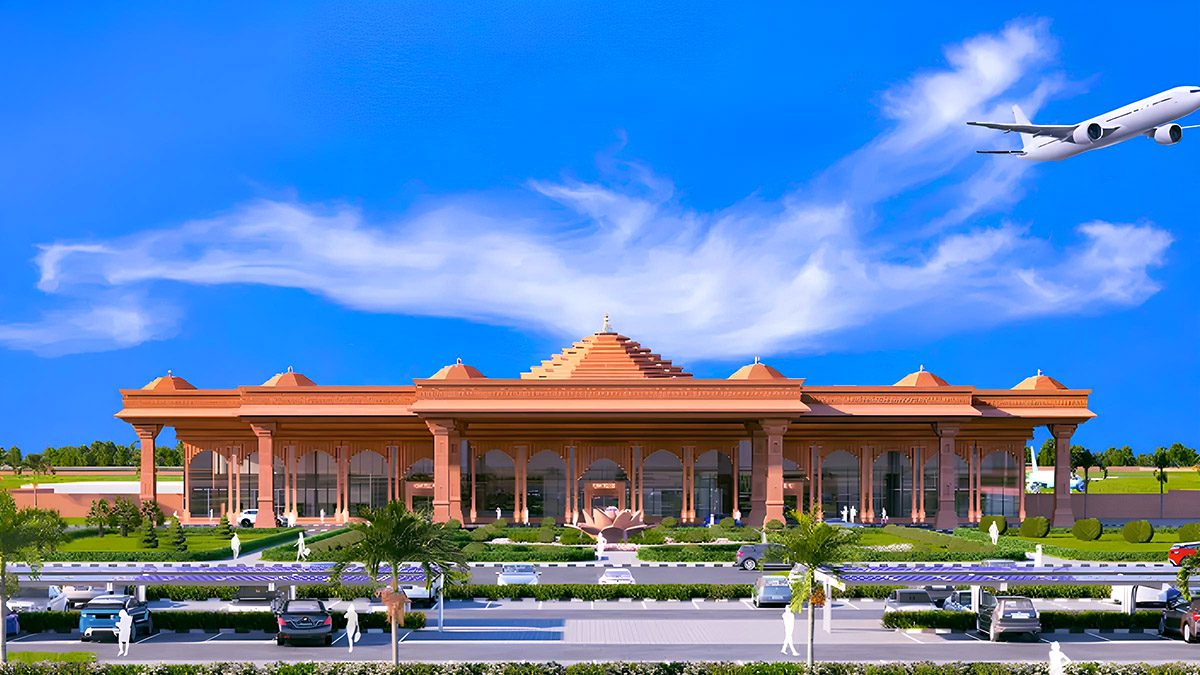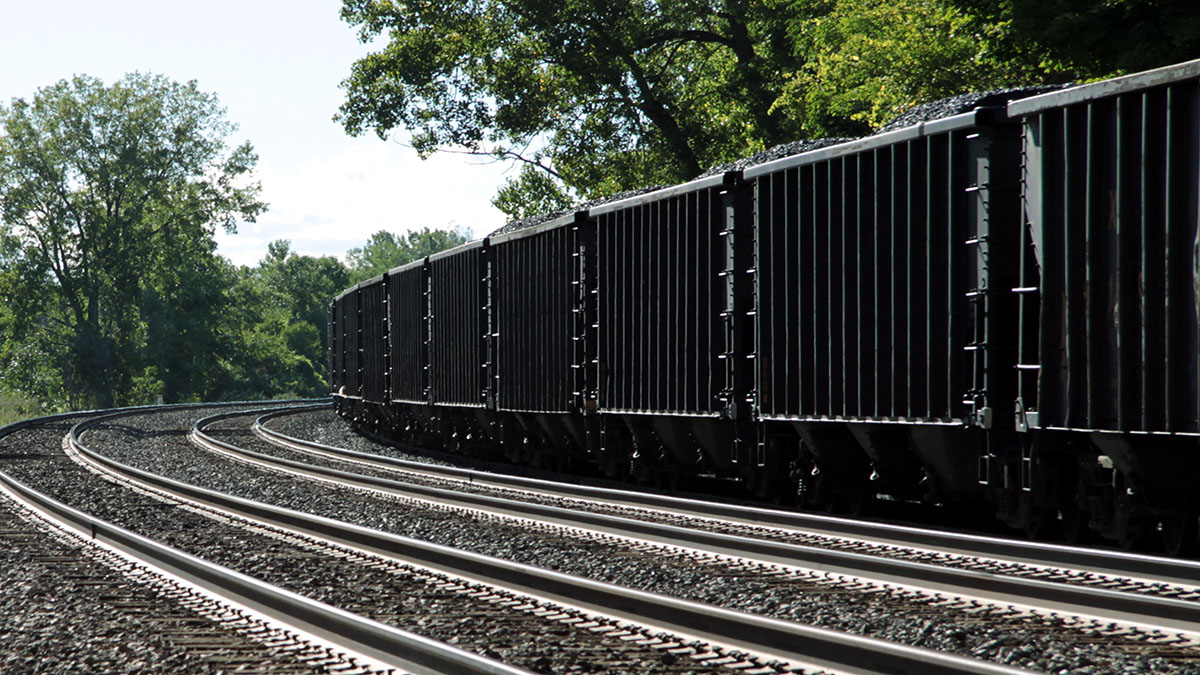Prime Minister Narendra Modi’s recent visit to Ayodhya marked a massive transformation for the travel and connectivity infrastructure of the city. Inaugurating the redeveloped Ayodhya Dham Railway Station, now named ‘Ayodhya Dham.’ The station, after undergoing extensive renovations, now boasts a capacity to handle up to 60,000 people, a significant increase from its previous capacity of 10,000 individuals.
The redevelopment project, estimated to cost ₹430 crore upon completion, has already completed its Phase I at a cost exceeding ₹240 crore. The three-storey modern railway station includes state-of-the-art features such as lifts, escalators, food plazas, puja needs shops, cloak rooms, child care rooms, and waiting halls. Designed to be ‘accessible for all,’ the station building has earned an ‘IGBC certified green station building’ designation.
Three railway projects were recently inaugurated worth ₹2,300 crore, aiming to bolster rail infrastructure in the region. These projects include the Rooma Chakeri-Chanderi third line project, Jaunpur-Tulsi Nagar, Akbarpur-Ayodhya, Sohawal-Patranga, and Safdarganj-Rasauli sections of Jaunpur-Ayodhya-Barabanki doubling project, along with the doubling and electrification project of the Malhaur-Daliganj railway section.
The Ayodhya Dham railway station’s revamped design incorporates elements inspired by Indian temple architecture aesthetics, featuring a roof design reminiscent of lotus petals. The central dome, inspired by Lord Ram’s Chandra ‘Mukut’ (crown), is a distinctive feature of the station, making it the country’s largest concourse.
Spanning over 11,000 sqm, the station embraces eco-friendly initiatives such as rainwater harvesting for water efficiency. The station’s narrow lane connecting to the main Ayodhya junction terminal will be transformed into a heritage path, with underground power and telephone cables, and a Treta Yuga (Lord Ram’s period) façade leading to the Ram temple.
The middle floor of Ayodhya Dham accommodates retiring rooms, dormitories, specially designed toilets for individuals with disabilities, and dedicated spaces for station staff. The southern terminal provides direct connectivity with National Highway 27.
In addition to the railway station, Prime Minister Modi inaugurated the Maharishi Valmiki International Airport in Ayodhya. The airport, developed at a cost exceeding ₹1,450 crore, features a 6,500 sqm terminal building inspired by the architecture of the upcoming Shri Ram Mandir. The airport’s facade mirrors the temple’s design, while the interiors showcase local art and murals depicting the life of Lord Shri Ram.
The airport is equipped with various sustainability features, including insulated roofing, LED lighting, rainwater harvesting, landscaping with fountains, a water treatment plant, sewage treatment plant, and a solar power plant. In its first phase, the airport can handle 10 lakh passengers annually, with plans for expansion in the second phase to accommodate 60 lakh commuters.
The strategic development of Ayodhya is not limited to transportation infrastructure. Large hotel chains and investors are seizing the opportunity presented by the burgeoning tourism sector. Hospitality giants such as IHCL, Marriott, Sarovar Hotels & Resorts, and Wyndham Hotels & Resorts have signed deals for Ayodhya hotels. Construction is underway for five branded hotels, totalling 520 rooms, expected to open after 2024.
The Uttar Pradesh Housing and Development Board is conducting an online hotel land auction, reflecting the growing interest in Ayodhya’s potential as a pilgrimage and tourism destination. The government’s commitment to Ayodhya’s holistic development is evident in its efforts to make the city an international religious tourism hub.
Electric cars have been introduced as part of Ayodhya’s commitment to becoming a net-zero carbon emission city. Twelve electric cars stationed at key locations in Ayodhya, including the railway station and the airport, aim to provide a sustainable and pleasant journey for VVIP tourists visiting the city.
As Ayodhya gears up for the consecration of the Ram temple on January 22, 2024, the government’s investment in infrastructure development, sustainable practices, and tourism initiatives is poised to transform the city into a cultural and economic hub. The completion of the Ayodhya Dham Railway Station and Maharishi Valmiki International Airport stands as a testament to the concerted efforts toward the city’s comprehensive growth and cultural enrichment.




